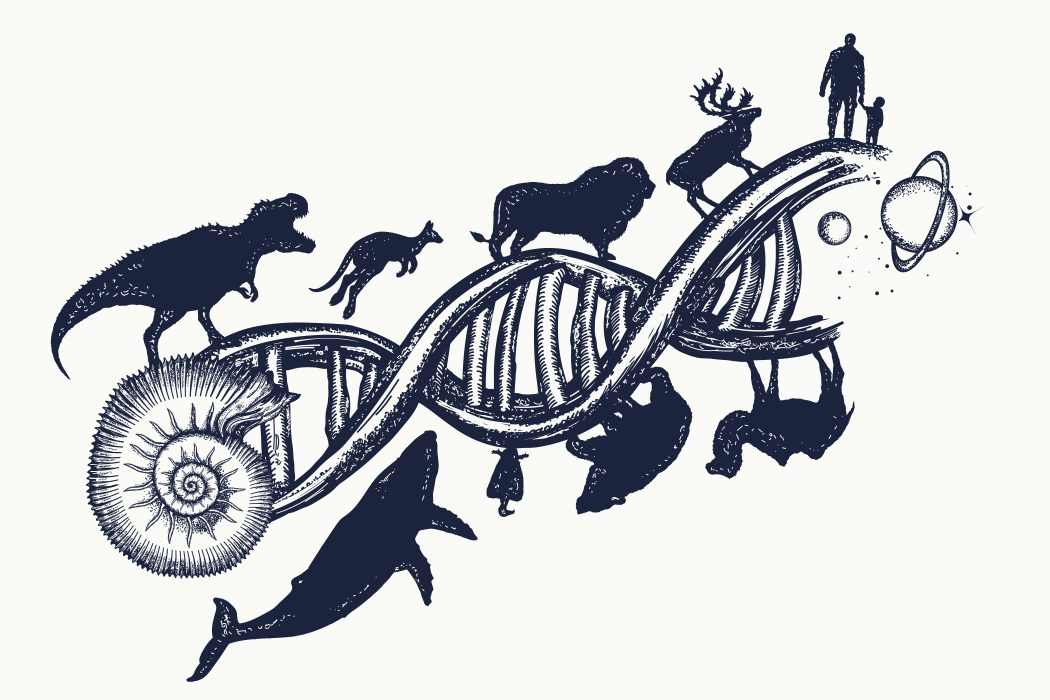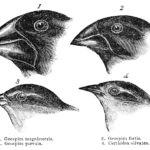Argentinosaurus is a type of sauropod dinosaur that lived approximately 95 to 100 million years ago during the Late Cretaceous period. It is considered to be one of the largest land animals that has ever lived, with some estimates suggesting that it could have reached lengths of up to 110 feet (33.5 meters) and weighed as much as 100 tons.
Sauropod dinosaurs were a group of herbivorous dinosaurs that are characterized by their long necks, long tails, and four thick legs. These dinosaurs were some of the largest animals that have ever lived, and they were able to achieve such impressive sizes due to their ability to efficiently extract nutrients from low-quality plant material.
Argentinosaurus was discovered in Argentina in the early 1990s, and its name is derived from the country where it was found. The first fossil remains of Argentinosaurus were incomplete, but they included a few vertebrae and a tibia, which is a bone in the lower leg.
Since its discovery, Argentinosaurus has been a subject of much fascination and scientific study. Despite its impressive size, very little is known about the biology and behavior of this dinosaur. It is unclear what kinds of plants Argentinosaurus ate, or how it interacted with other species.
One theory is that Argentinosaurus may have lived in large herds, similar to modern-day elephants, and that it used its massive size and strength to defend itself from predators. It is also possible that Argentinosaurus may have been a migratory species, moving to different areas in search of food and water.
In conclusion, Argentinosaurus was an enormous sauropod dinosaur that lived during the Late Cretaceous period. It was one of the largest land animals that has ever lived, and very little is known about its biology and behavior. Further research and discovery may help to shed light on the mysterious life of Argentinosaurus.






